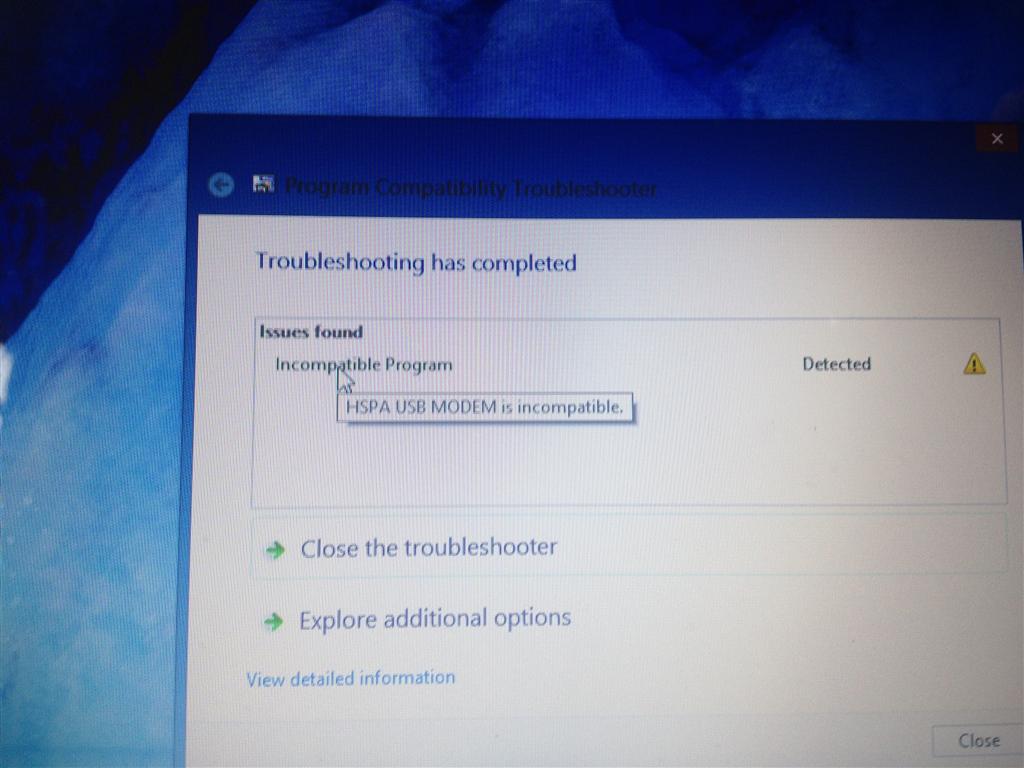Current HSPA networks deliver data rates up to 14 Mbits/s downlink and 5.5 Mbits/s uplink. HSPA+ takes this to 21 Mbits/s downlink and 11 Mbits/s uplink. DC-HSDPA doubles the downlink speed,. I don't even see the HP hs2350 HSPA + Mobile Broadband adapter showing up in the device manager under the Network Adapters device manager category. That is where it should be located. I think it was turned off during the upgrade to W10 by the connection manager. Virtually all smartphones possess either GSM, CDMA, HSPA or LTE standards. Most smartphones even combine about three or all of these mobile standards listed above. Edging away from smartphones, feature phones can’t be left out of the equation. As long as they communicate data, they make use of at least one of these network technologies.

A key part of any mobile phone specification is its operating frequency bands. The supported frequency bands determine whether a certain handset is compatible with a certain network carrier.
Beside the mobile phone specifications, GSMArena is happy to also provide you with its own country-based frequency band directory. It's not operator-specific and it's helpful if you are choosing a handset to use in your home country or if you are making sure your phone will work in the country you are heading to.
| Please select the country you are interested in: |
Germany
2G capabilities | GSM 900, GSM 1800 |

3G capabilities | UMTS 900, UMTS 2100 |
T-mobile Hspa Network
4G capabilities | LTE 700 (B28), LTE 800 (B20), LTE 900 (B8 - Telekom and Vodafone), LTE 1800 (B3), LTE 2100 (B1), LTE 2600 (B7, B38 - Vodafone) |
5G capabilities | 5G 3500 |
2G, first introduced in 1992, is the second-generation of cellular telephone technology and the first to use digital encryption of conversations. 2G networks were the first to offer data services and SMS text messaging, but their data transfer rates are lower than those of their successors.
3G networks succeed 2G ones, offering faster data transfer rates and are the first to enable video calls. This makes them especially suitable for use in modern smartphones, which require constant high-speed internet connection for many of their applications.
4G is the fourth generation of mobile phone communications standards. It is a successor of the 3G and provides ultra-broadband internet access for mobile devices. The high data transfer rates make 4G networks suitable for use in USB wireless modems for laptops and even home internet access.
Hspa Network & Wireless Cards Driver Download For Windows
5G is the fifth generation of mobile phone communications standards. It is a successor to 4G and promises to be faster than previous generations while opening up new uses cases for mobile data. The 5G benefits range from faster speeds (up to 10x faster), much lower latency (up to 50x lower) and greater capacity allowing many more devices to be connected at the same time.
Make note that for complete accuracy you should always check with your home service provider or with the local service providers in the country you are staying at.
If you happen to find any incorrect information in our frequency bands directory, please do not hesitate to contact us at .
